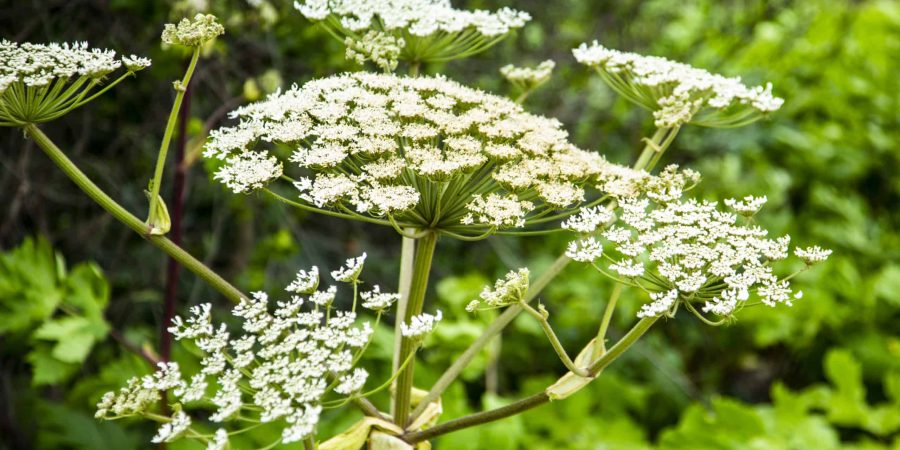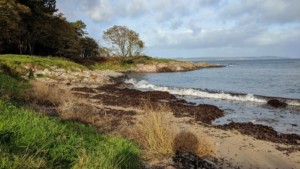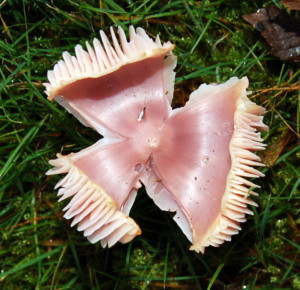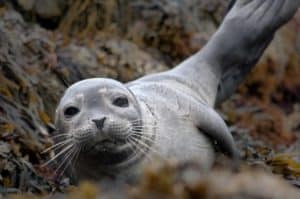What are invasive species and where do they come from?
Invasive Non-Native species (INNS) are species that have been introduced (deliberately or accidentally) by humans and have a negative impact on the economy, wildlife or habitats. After habitat loss, INNS are the second biggest threat to biodiversity worldwide, and the biggest threat on islands.
INNS originate from countries all over the world. Many human activities introduce INNS, for example deliberately releasing fish for angling, introduced as farmed or ornamental species like American mink and giant rhubarb, or hitch hikers on imported goods like the New Zealand flatworm.
In Northern Ireland, there are 11 INNS that are classified as Widely Spread Species (WSS). WSS Management measures have been introduced to endeavour to minimise their potential negative impacts upon biodiversity, related ecosystem services, human health and the economy. More information can be found on Invasive Species Ireland.
What invasive species do we need to watch out for in Northern Ireland?
Horizon scanning exercises are carried out regularly to assess the risk of INNS arriving in Northern Ireland.
INNS do not recognise borders, land or sea; as a result under the EU Regulation (1143/2014), which due to the Northern Ireland Protocol, is still applicable in Northern Ireland, a reporting and notification system is used to inform all member states of newly introduced species.
The Asian hornet (Vespa velutina) is a potential threat to native pollinators, including honey bees.
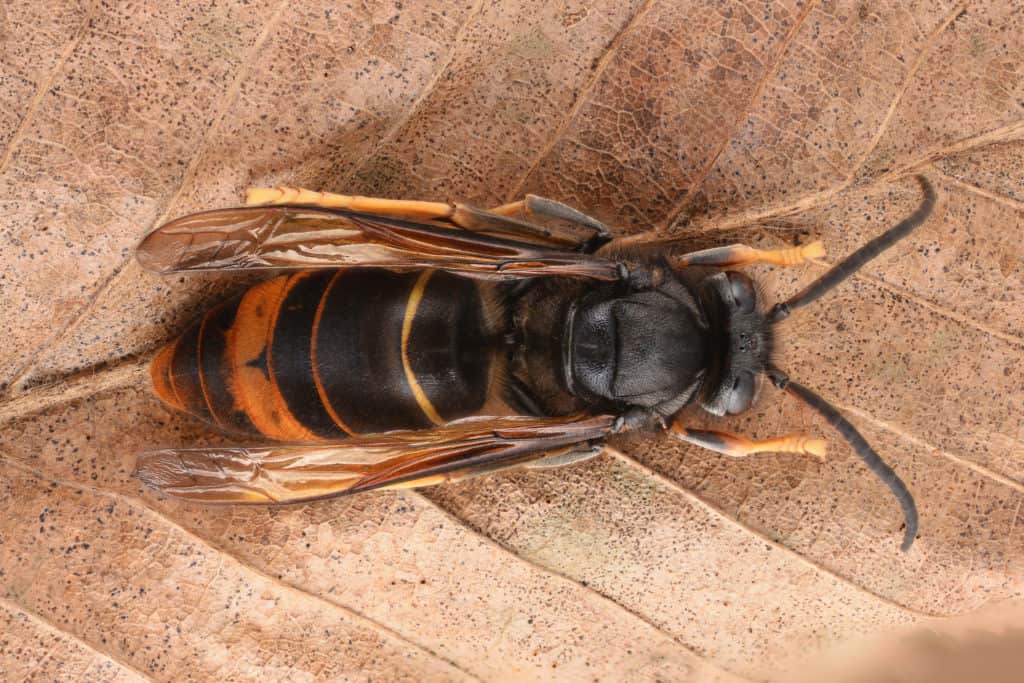
Workers measure 25mm long, while queens are 30mm long; they have a mostly black body with a yellow band on the fourth abdominal segment, and yellow legs. If a suspected Asian hornet has been found, report it immediately to CEDaR or iRecord.
The Chinese mitten crab (Eriocheir sinensis) is a potential threat to native aquatic species as it is a voracious predator, and may also cause damage to soft sediment banks, leading to erosion.
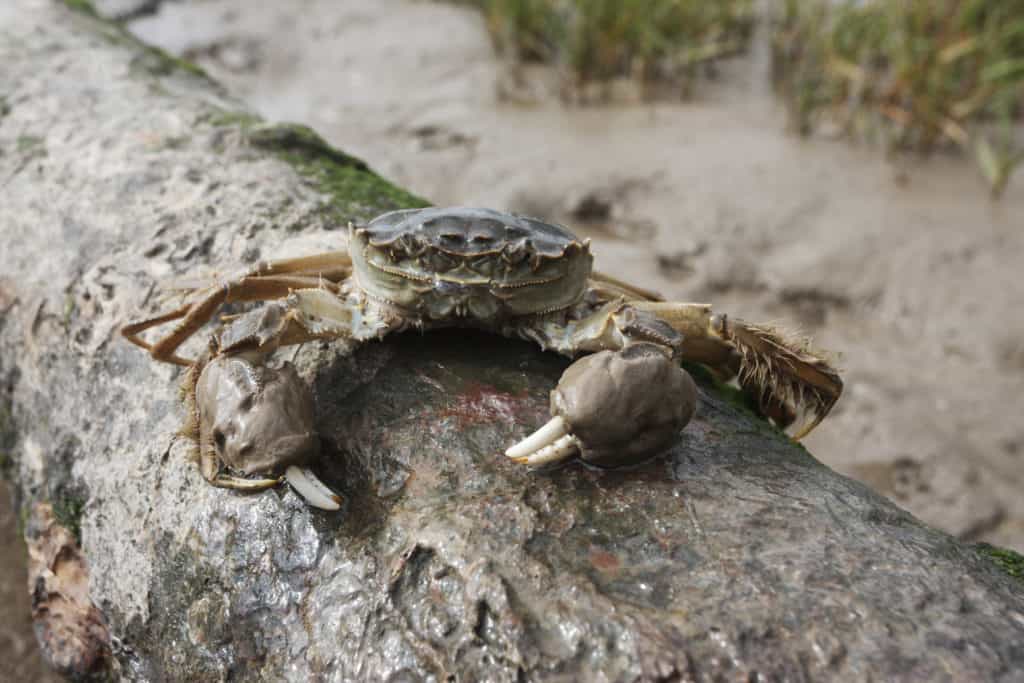
This species has characteristic hairy “mittens” on their claws; they are also unique in being able to live in freshwater habitats, so are seen further up-river than other crab species.
The American lobster (Homarus americanus) is a potential threat to native species by predating on them, and has the potential to expand their feeding behaviour to novel food items.
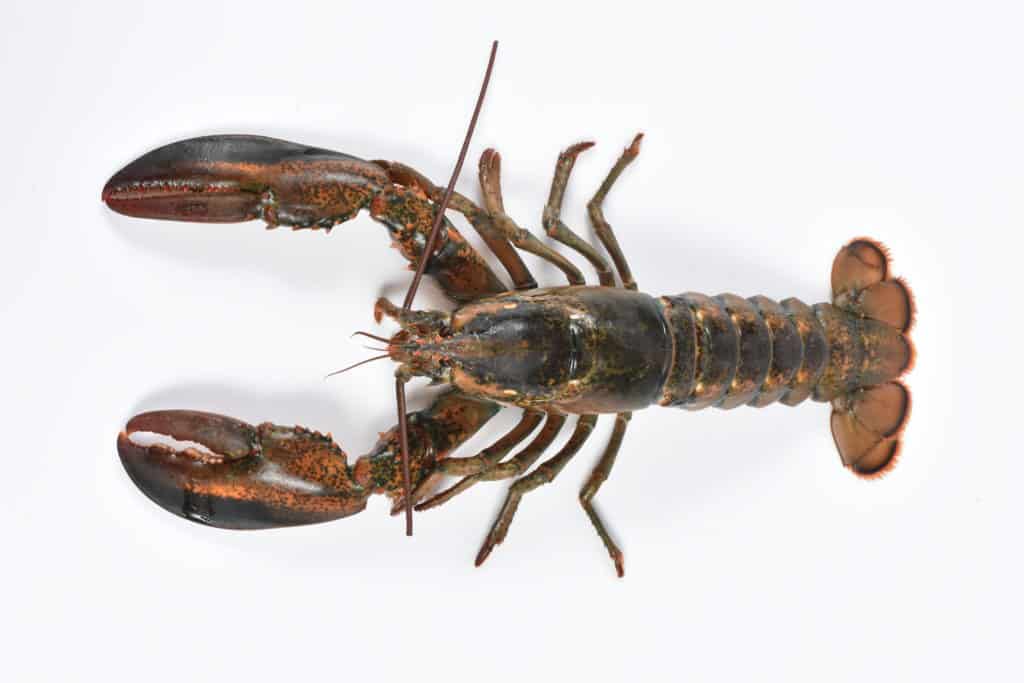
They are also highly adaptable to new environments, and may travel from introduced sites into new areas. These lobsters are also highly prolific breeders, with a potential to outcompete and hybridise with native lobsters.
Looking out for invasive plants/species in your garden.
Be Plant Wise is a good resource to look at before starting to cultivate a private garden. By knowing what is already present, buying native plants responsibly and removing unwanted invasive non-native plants properly, invasive non-native plant species are unable to spread into the wild. Some invasive non-native plants are on the EU List of Union Concern, and shouldn’t be sold, exchanged, bought or dumped into the wild.
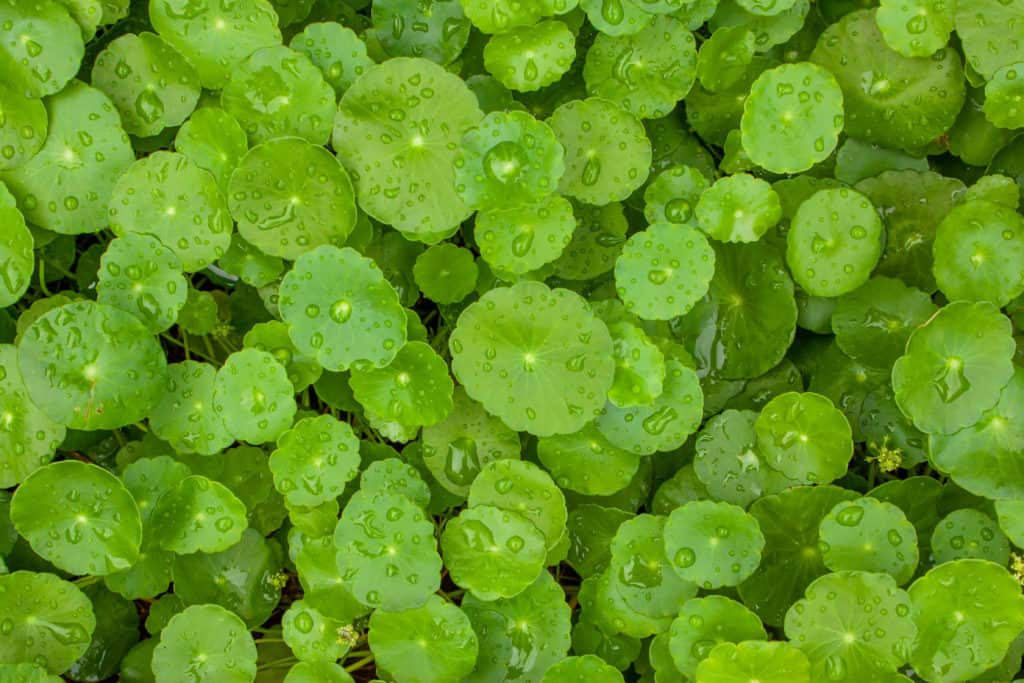
Water pennywort 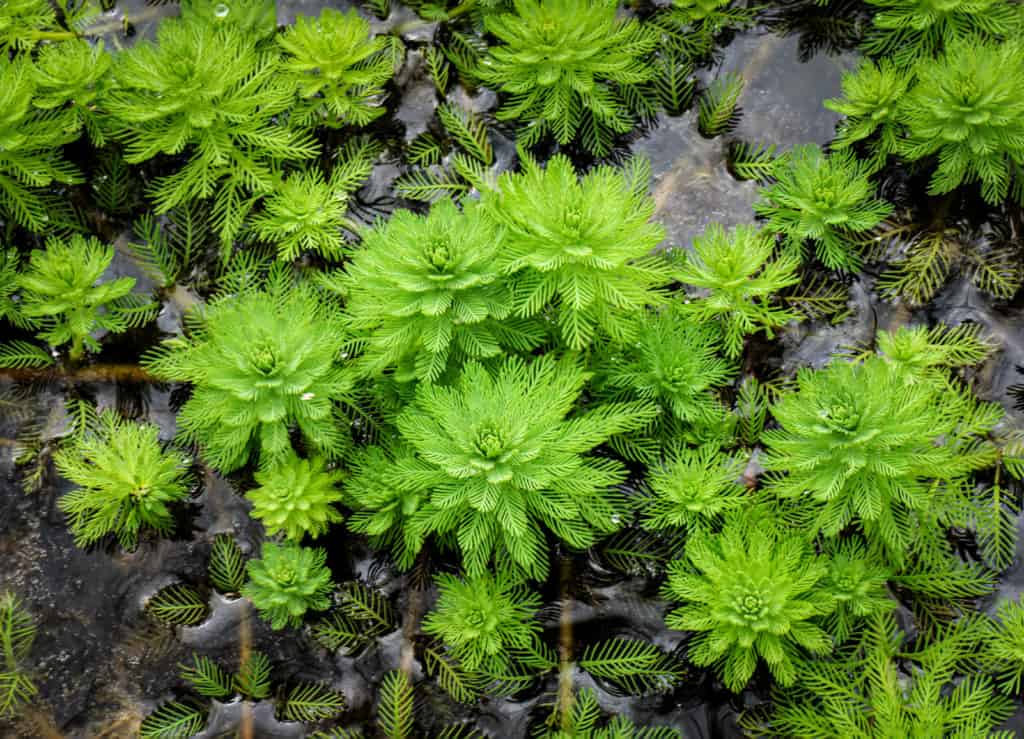
Parrot’s Feather
Aquatic pond plants, like floating pennywort (Hydrocotyle ranunculoides), curly-leaved waterweed (Lagarosiphon major), and parrot’s feather (Myriophyllum aquaticum/M. brasiliense/M. proserpinacoides), have become widely spread invasive species by becoming garden escapes. Consider native plants, like ragged robin (Lychnis flos-cuculi), lesser pond weed (Potamogeton pusillus), and white water lily (Nympaea alba).
If buying in new plants from garden centres, purchase native plants. Be aware of New Zealand flatworms (Arthurdendyus triangulatus), which may hitchhike into your garden. New Zealand flatworms predate on native earthworms, leading to a loss in soil biodiversity and soil nutrients.
Seeking guidance on Invasive Non-Native Species?
DAERA Northern Ireland Environment Agency (NIEA) is asking the public to help to monitor and report sightings of INNS through our official reporting system – CEDaR Online Recording or the iRecord app. Using an official reporting system enables the production of species distribution maps on the NBN NI website, which may provide key information in future national or locally funded eradication projects. It also alerts the Invasive Species Team in NIEA when an INNS is entered on the CEDaR or iRecord systems, which enables the agency to respond if necessary, particularly if it is a species that requires a rapid response.
Check Clean Dry offers guidance to regular water users to help prevent the unintentional spread of INNS. When removing equipment from the water, people are encouraged to check each piece for any aquatic plants and animals, before cleaning/washing down on-site, and drying for as long as possible. Disinfection may also be used to inhibit any remaining plant fragments or small aquatic animals.
Be Pet Wise is aimed towards the general public, and pet traders. Potential pet owners need to look into their desired species’ legality and licence and enclosure requirements in Northern Ireland; these are to prevent escaped or dumped potentially invasive pets and the introduction of potential pathogens. Pet traders should provide adequate (and legal!) information to potential pet owners, including which species require licences or are illegal due to their potential to be invasive.
Be Plant Wise is aimed towards the general public, and plant retailers. Plant retailers should be providing correct information towards garden and pond owners, without selling invasive non-natives under different common or scientific names. By knowing what is in one’s own garden and removing unwanted invasive plants properly, invasive non-native plant species are unable to spread into the wild. Some invasive non-native plants are on the EU List of Union Concern, and shouldn’t be sold, exchanged, bought or dumped into the wild.
